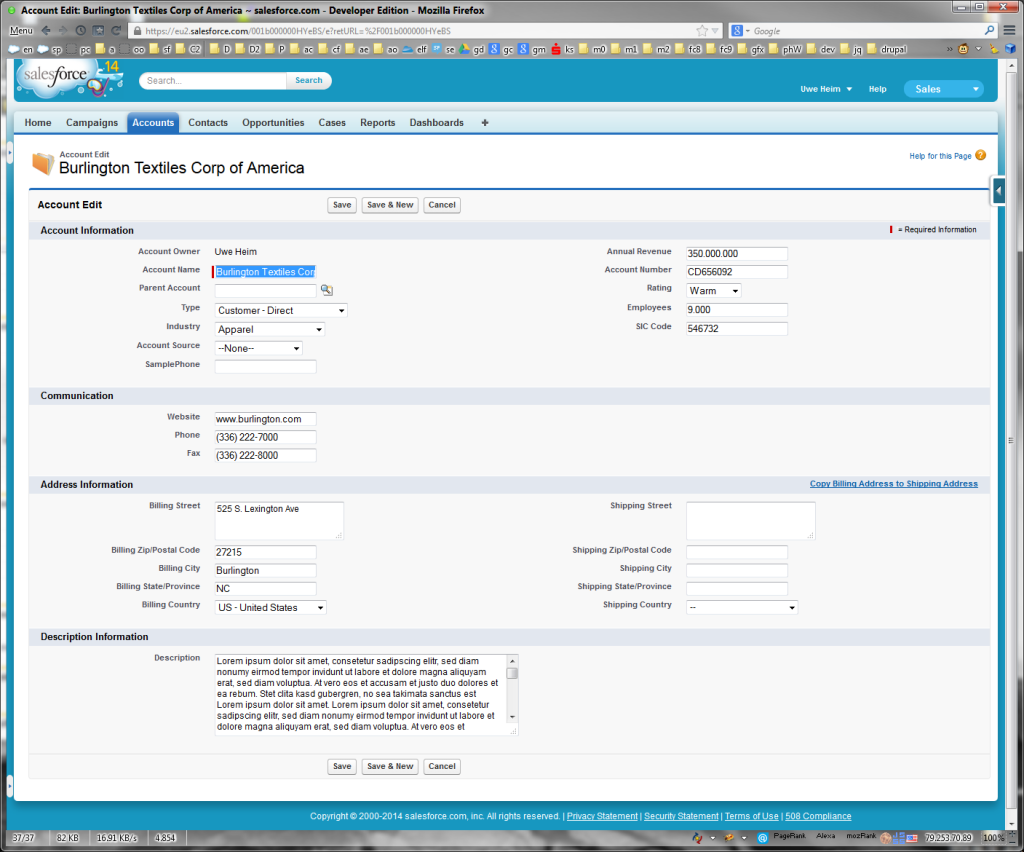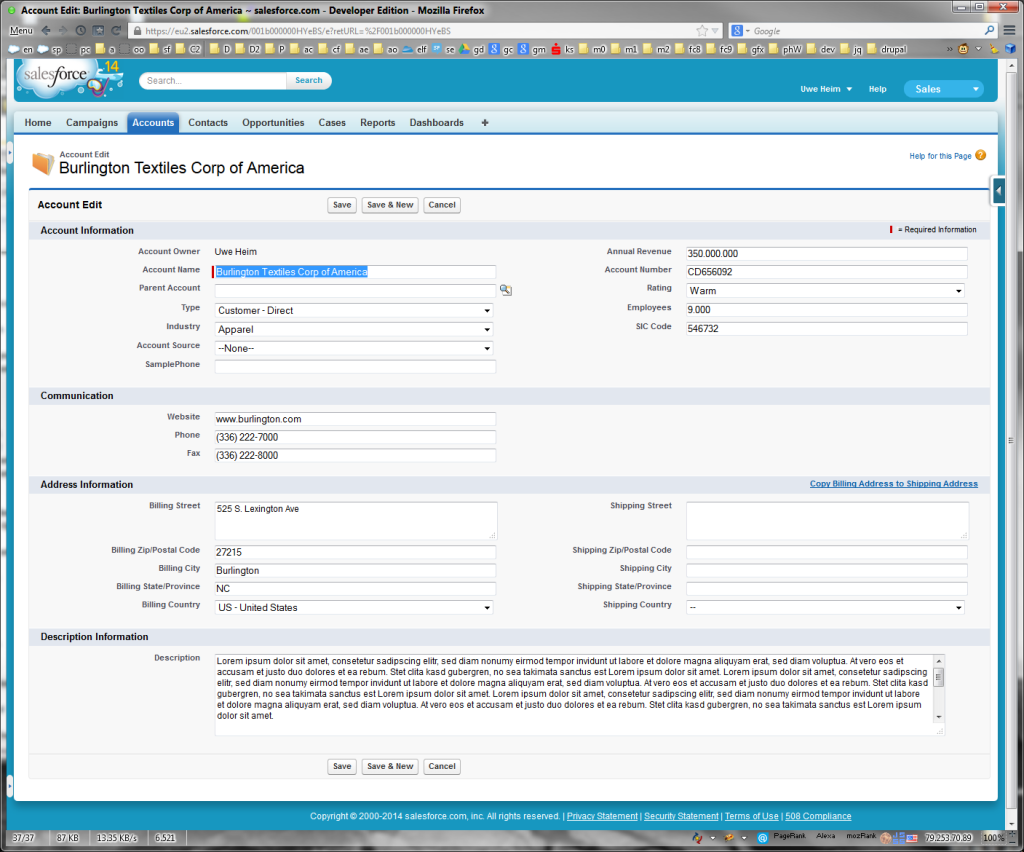
Why Do We Still Hack the Sidebar?
Question
Despite advancements in Salesforce customization, many users still rely on sidebar workarounds. I’m interested in learning about the specific use cases, the challenges you’ve encountered, and—most importantly—strategies to address these issues using alternative, more official approaches.
This discussion relates to methods like those explored in End of JavaScript Sidebar Workarounds?
In my experience, certain recurring patterns—particularly those related to UX and UI—remain challenging to solve with official techniques.
I plan to share my own top use cases for sidebar customizations and invite you to contribute your scenarios, including how you’ve managed to avoid workarounds or overcome limitations. The ultimate goal is to collaboratively identify strong, repeatable solution patterns for common challenges.
Lastly, I’d love to hear from anyone participating in the Aura pilot. Has it provided alternatives to these workarounds? Could it help make sidebar hacks a thing of the past?
Answer
By default, the input fields on record edit pages in Salesforce are quite small. This is due to the absence of a defined width, causing browsers to default to a width of approximately 140px. This design leads to a suboptimal user experience, especially on smaller screens with two-column layouts.
For example, longer Account or Opportunity names often cannot be fully read without manually moving the cursor within the input field. Similarly, long text fields make content difficult to read and edit, requiring excessive scrolling. This issue persists even with inline edits.
What makes this more frustrating is the inefficient use of screen space—vast areas of the page remain unused while users struggle with cramped input fields. This creates a noticeable gap between the design and usability expectations of modern interfaces.


Workaround
Inject JS or CSS to set width:100% for all inputs, selects and textareas. Additionally add few exceptions for rare places where 100% width can’t be used (e.g. column-picker for manage campaign member)
Result
The results are amazing. With less then 10 lines of CSS the usability of all salesforce pages enhances dramatically. The fluid width smoothly adapts to small and large screens. No screen-space is wasted. Looks less cluttered.


Avoid Strategy
Use Grease-Monkey to inject local JS/CSS. Donwsides:
- Huge effort for all clients.
- Does not work on IPad in full-site mode
Few More Cases
Here’s a few more use cases for having to go to hackerama land:
- Run Assignment Rules Box on Page layouts: This is located at the bottom of the “Edit Page” layout, it cannot be moved, it has little if any explanation, users can click it, unclick it – firing off assignment rules that may or may not be necessary. This should be a standard – moveable field that can be placed in strategic places on a page – related to other fields that are used for Assignment purposes. Making it selectable on an inline basis would also be a help – but I’d do backflips if I could get SFDC to include some incredibly useful and leading edge functionality in place – that would allow me to “move a field” on a page layout.
- Removing Buttons from Related Lists – Case Object – the email related list has a button called “Send Email” This cannot be removed. It can be removed on every other object, just not cases. Seriously. Also, this Send an Email button takes a user to a different email sending process using a completely hard coded template with it’s own buttons that cannot be removed. It also
changes the From: email address to that of the user – rather than the main emailtocase address which means that customers then would be replying to an email address that is not going to attach an update to the case thread – ugly stuff. - There are literally dozens of these types of things sprinkled everywhere in the application and most of them seem like they are just plain lazy errors from SFDC’s developers.
Kick Start Your Career with Real-Time Project-Based Salesforce Training
Our Salesforce Course is meticulously structured to provide a deep understanding of the Salesforce platform, enabling you to master the essential skills needed to excel in the CRM industry. The curriculum covers key areas like Salesforce Admin, Developer, and AI, combining foundational concepts with hands-on learning. Through real-world projects and practical tasks, you’ll build the confidence and expertise required to tackle complex business challenges using Salesforce solutions. With guidance from expert instructors, you’ll gain both technical knowledge and industry-focused insights to succeed in the Salesforce domain.
In addition to technical training, our Salesforce Training in Chicago offers personalized mentorship, certification assistance, and interview preparation to elevate your career prospects. Participants benefit from extensive study resources, live project experience, and dedicated support throughout the course. By the program’s conclusion, you’ll be ready to ace certification exams and possess the practical problem-solving skills valued by employers. Embark on your Salesforce journey with us and explore a future full of career opportunities. Sign up for a Free Demo today!

